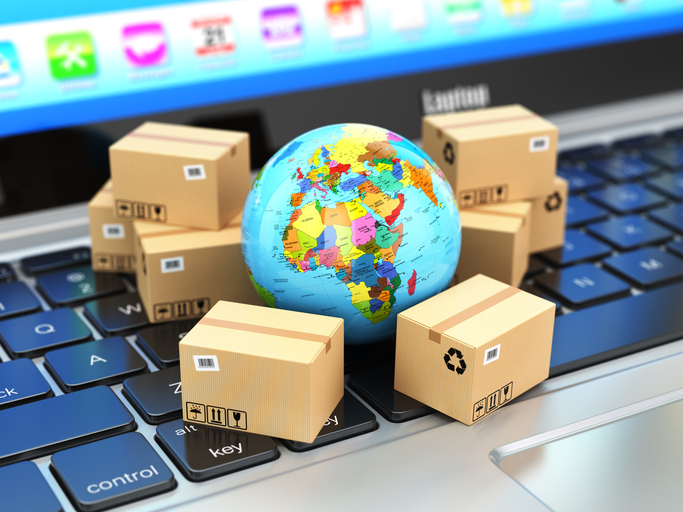Amazon and Alibaba Compete for Dominance in Southeast Asia
 Tuesday, January 24, 2017 at 11:16AM
Tuesday, January 24, 2017 at 11:16AM  Amazon is exemplifying its dominance in several areas worldwide, and now has its sights set on Southeast Asia. However, China's leading e-retailer Alibaba is robust as well in its online retail, facing off with Amazon and ready to compete.
Amazon is exemplifying its dominance in several areas worldwide, and now has its sights set on Southeast Asia. However, China's leading e-retailer Alibaba is robust as well in its online retail, facing off with Amazon and ready to compete.
Via Bloomberg News, Alibaba Group Holding Ltd. and Amazon.com Inc. are about to clash in Southeast Asia Internet Retailer says. Lazada Group SA, which Alibaba bought this year for $1 billion, is Southeast Asia’s largest e-commerce site and is rolling out several initiatives anticipating the arrival of Amazon next year. It will also be expanding its delivery network within the region and beyond, via partners in China and Korea.
Southeast Asia has become a prime location for online retail. The article mentioned that although it lacks the transport and payments infrastructure crucial for adopting e-commerce, the area has become the world’s fastest-growing internet arena, with a combined populace of 620 million people becoming more comfortable with online shopping. “It’s a jungle out here,” Lazada CEO Maximilian Bittner said. He went on to say, “We are looking forward to seeing how they will differentiate themselves.”
“Both of them will want to dominate Southeast Asia,” said Thompson Teo, an associate professor at NUS Business School. “Alibaba has acquired companies to shorten the learning curve and grow faster. It’s going to give Amazon a good fight.” It isn't known as of yet what Amazon will be implementing there, but some predict Amazon Prime delivery service and Amazon Fresh to Singapore in the first quarter, which involves Same-Day Delivery in a big city. Then, Amazon will springboard into the rest of the region. “Grocery is seen as notoriously difficult one to do online, but it’s the largest market representing 60% of overall Southeast Asian retail,” Egan said. “Customers are much more engaged. They visit twice a week so the frequency allows you to develop a deep relationship with customers.”
Amazon already dominates the US with its current same-day delivery option--Amazon Prime. Prime members have it as a free service in a total of 27 major US cities. These cities include San Francisco Bay Area, San Diego, Seattle-Tacoma, Boston, New York, Chicago, Indianapolis, Baltimore, Washington DC, Nashville, Raleigh, Richmond, Tucson, Orlando, Tampa, and Atlanta. Amazon has free same-day delivery in Toronto and Vancouver as well. The inevitable is that Amazon will be using drones in every major city nationwide as well. Now, the retail giant is headed for Southeast Asia.
With both e-retailers having same-day delivery in common, it is certain that other retailers will need to jump on board in order to thrive in the coming years. One way to do that is to partner with a Same-Day Courier like A-1 Express to increase salves online, as more and more shoppers enjoy the convenience of being able to make online purchases from wherever they are. Brick-and-mortar stores can't depend solely on traffic in a growing world of e-commerce. A New Jersey Courier that can provide same-day services nationwide is the direction to go in.
Reference: 12.14.16, www.internetretailer.com, Bloomberg News, Amazon and Alibaba’s Lazada prepare to face off in Southeast Asia




